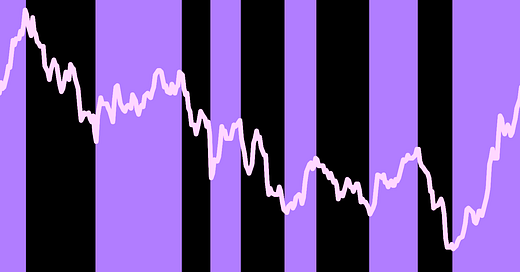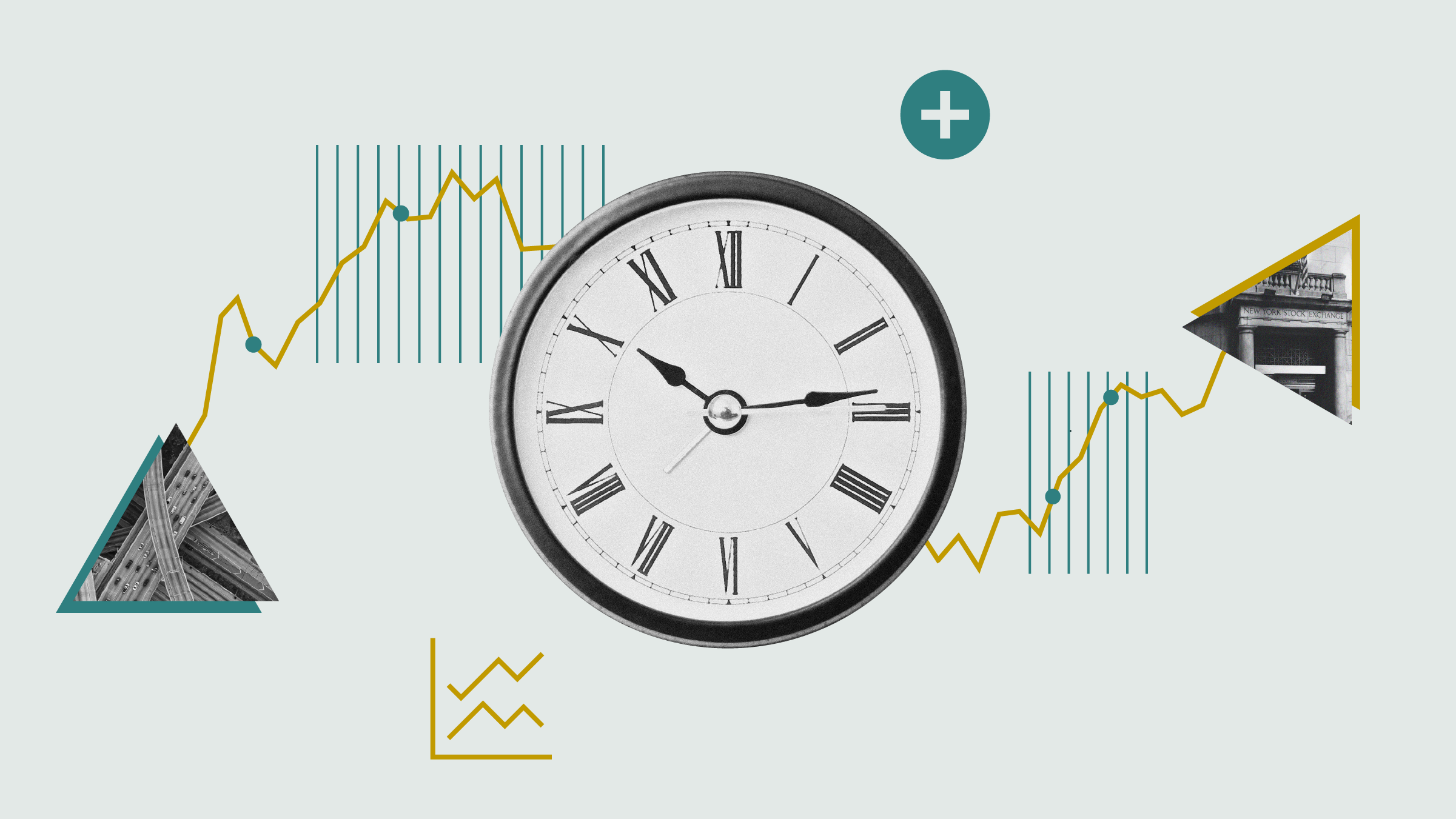Impact of Rising US Treasury Yields on Bond Markets

February 28, 2025
In recent months, US Treasury yields have surged to their highest levels in years, creating ripples across the global financial markets. The surge in yields has significant implications for bond investors, stock markets, and the broader economy. This article will explore what rising treasury yields mean for different asset classes, how bond prices are affected, and what investors should be aware of as they navigate this shift in the bond market.
Understanding the Surge in US Treasury YieldsUS Treasury yields are the returns on government debt securities, particularly bonds issued by the US Department of the Treasury. The surge in yields has occurred due to a combination of economic factors, including inflation expectations, central bank policies, and supply-demand dynamics in the bond market.
Inflation Concerns: As inflationary pressures continue to rise, the Federal Reserve has signaled that it may tighten its monetary policy, potentially leading to higher interest rates. These expectations have prompted bond investors to demand higher yields in exchange for holding long-term debt.
Federal Reserve's Actions: The Federal Reserve’s interest rate hikes have led to a rise in yields. As the Fed seeks to control inflation, it has raised short-term interest rates, which in turn impacts long-term Treasury yields. Investors are adjusting their portfolios in response to these changes in monetary policy.
Supply and Demand Dynamics: The US Treasury has increased its issuance of debt in response to government spending. This increase in supply has put upward pressure on yields, as investors require higher returns to absorb the additional debt issuance.
Global Economic Factors: Global economic events, such as changes in oil prices, shifts in international trade, or geopolitical tensions, can also affect Treasury yields as investors seek safe-haven assets. As global uncertainty increases, demand for US Treasuries can fluctuate, influencing yields.
One of the most important concepts for bond market investors to understand is the inverse relationship between bond yields and bond prices. As yields rise, bond prices fall, and vice versa. This phenomenon is particularly relevant for investors holding long-duration bonds, such as Treasury bonds.
Price Decline in Long-Term Bonds: When Treasury yields rise, the price of existing bonds in the market falls. This is because the fixed interest payments on older bonds become less attractive compared to the higher yields offered by new bonds. As a result, investors who hold long-term bonds are likely to experience a decline in the value of their investments.
Impact on Different Types of Bonds: The magnitude of the price drop varies based on the duration of the bonds. Long-term Treasuries with maturities of years or more are more sensitive to interest rate changes than short-term bonds. For example, a 30-year bond may experience a significant price drop as yields surge, while shorter-duration bonds will be less affected.
Rising Yields and Portfolio Diversification: As bond prices decline, investors may need to reassess their fixed-income portfolios. Many traditional portfolios that rely on bonds for stability and income may face losses, leading investors to explore other asset classes for protection, such as stocks or real estate.
While rising Treasury yields have a direct impact on bond prices, they also affect the stock market, often in complex ways. Historically, higher yields can make stocks less attractive to investors for several reasons:
Higher Borrowing Costs: As Treasury yields rise, borrowing costs for businesses increase. Companies with heavy debt loads may see their interest payments rise, which can lead to lower profitability. This may discourage investment in growth stocks, particularly those with high valuations.
Sector Performance: Certain sectors of the stock market are more sensitive to rising interest rates and yields. Utility stocks and real estate investment trusts (REITs), for example, tend to perform poorly in a rising yield environment due to their reliance on debt for financing. Conversely, financial stocks, particularly banks, may benefit from higher yields as they can charge more for loans.
Shift in Investor Sentiment: Higher yields can lead to a shift in investor sentiment. As Treasury yields become more attractive relative to stocks, investors may reallocate their portfolios, moving funds from equities to bonds, particularly Treasuries, which are seen as a safe investment.
Rising Treasury yields present challenges and opportunities for investors. Here’s what investors should consider:
Reevaluating Fixed-Income InvestmentsFor bondholders, the surge in yields could lead to losses on existing holdings, particularly for long-duration bonds. Investors may need to reassess their bond portfolios and consider diversifying into bonds with shorter durations or exploring other fixed-income investments.
Short-Duration Bonds: Shorter-duration bonds tend to be less sensitive to changes in interest rates. Investors who are concerned about rising yields might consider shifting their holdings into bonds with shorter maturities to mitigate price declines.
Municipal Bonds: Investors may also look to municipal bonds, which can offer higher yields and potential tax advantages, making them an attractive alternative to Treasury bonds.
Rising yields can create opportunities in certain sectors of the stock market. While some sectors may face headwinds, others, such as financials (banks, insurance companies), may benefit from higher yields. Stock investors should keep an eye on sector rotations and adjust their strategies accordingly.
Financial Sector: As yields rise, banks may benefit from the increased spread between short-term borrowing rates and long-term lending rates. This could lead to increased profits for financial institutions.
Dividend Stocks: Dividend-paying stocks may become less attractive compared to bonds with rising yields. However, certain stocks with strong fundamentals and reliable dividend payouts may continue to perform well even in a rising interest rate environment.
As the US Treasury yield curve steepens, investors should remain vigilant and adapt to the evolving market conditions. Here are some key trends to watch in the bond market moving forward:
Inflation and Central Bank Actions: Inflation continues to be a significant driver of interest rates. Investors will need to monitor how inflation expectations evolve and how the Federal Reserve responds with monetary policy adjustments.
Global Debt Levels: Rising yields may be a reflection of broader trends in global debt markets. As countries around the world issue more debt to finance their spending, this could put further upward pressure on yields.
Shifts in Bond Investor Behavior: Investors may shift away from traditional long-duration bonds and seek other forms of fixed-income investment, such as corporate bonds, municipal bonds, or high-yield bonds, as they search for better returns in a rising interest rate environment.

Investing in Future Trends for Long-Term Growth
Thematic investing focuses on future trends shaping industries. Learn how to capitalize on tomorrow’s opportunities today

Markets React Positively as Election-Driven Optimism Grows
Stock markets are experiencing a strong post-election rally, driven by investor optimism, policy expectations, and economic growth prospects. Will the momentum continue

Annuities Provide Financial Stability and Retirement Security
Annuities offer retirees a reliable stream of lifetime income, protecting them from market volatility and ensuring long-term financial security

The bank repositions its operations, scaling back in Europe, UK, and the Americas.
HSBC is undertaking its largest investment banking retrenchment in decades, planning to exit its M&A and ECM operations in key Western markets. This restructuring focuses on shifting resources to Asia and the Middle East while consolidating debt capital markets and finance-led activities

Stock Market Trends, Economic Updates, and Investment Insights
This week, U.S. markets faced volatility amid earnings reports, Federal Reserve signals, and economic data releases. Investors analyze inflation trends and interest rate forecasts while navigating sector-specific shifts in technology, energy, and financial markets.

Value stocks remain underappreciated as investors focus on growth
Despite historical outperformance over the long term, value stocks remain underweight in many portfolios. With markets favoring growth and technology stocks, are investors overlooking key opportunities in undervalued assets

Stocks remain resilient despite rising interest rates—here’s why.
Higher interest rates often trigger fears of a market downturn, but historical data suggests otherwise. While some sectors face challenges, others thrive in a high-rate environment. Investors should focus on strategic allocation rather than panic selling

Market predictions and trends shaping the equity landscape in Q1 2025
The Q1 2025 equity market outlook explores key factors shaping investor sentiment and market direction, including global economic trends, corporate earnings, and sector rotations. Understanding these factors will be crucial for positioning portfolios in the coming months

Cyclical stocks and economic growth trends lead the market rally.
Economic resilience continues to support a robust cyclical rally, as key sectors benefit from sustained recovery. This outlook emphasizes growth in consumer demand, infrastructure, and industrials, driving cyclical stock performance
The Atlantic Daily
Get our guide to the day’s biggest news and ideas, delivered to your inbox every weekday and Sunday mornings. See more newsletters
.webp)
Ideas That Matter
Subscribe and support more than 160 years of independent journalism.
Subscribe